The ocean is home to some of the most breathtakingly beautiful creatures on the planet, but not everything that glitters beneath the waves is harmless. Some sea creatures, with their innocent appearances, hide lethal abilities that can shock even the most seasoned divers. From toxic stingers to sneaky predators, here are 14 seemingly harmless sea creatures that pack a deadly punch.
1. Box Jellyfish: The Transparent Assassin
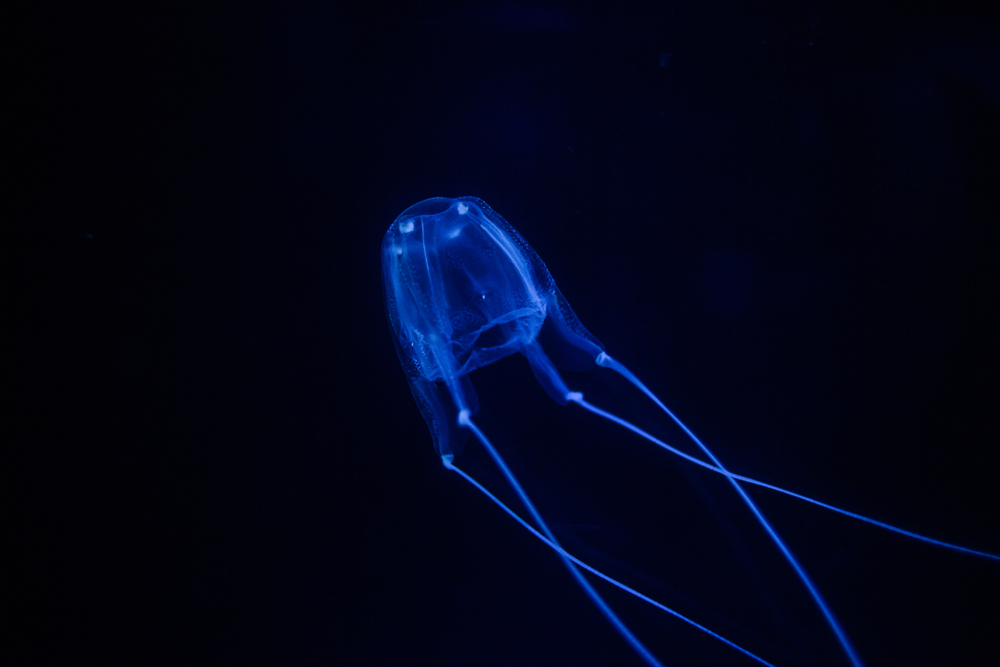
At first glance, the box jellyfish looks like a delicate, otherworldly blob floating peacefully in the water. But don’t let its ethereal appearance fool you—its tentacles are loaded with venom capable of causing cardiac arrest in minutes. Found mostly in the waters around Australia, this nearly invisible killer is as beautiful as it is terrifying.
2. Blue-Ringed Octopus: The Colorful Deathbringer
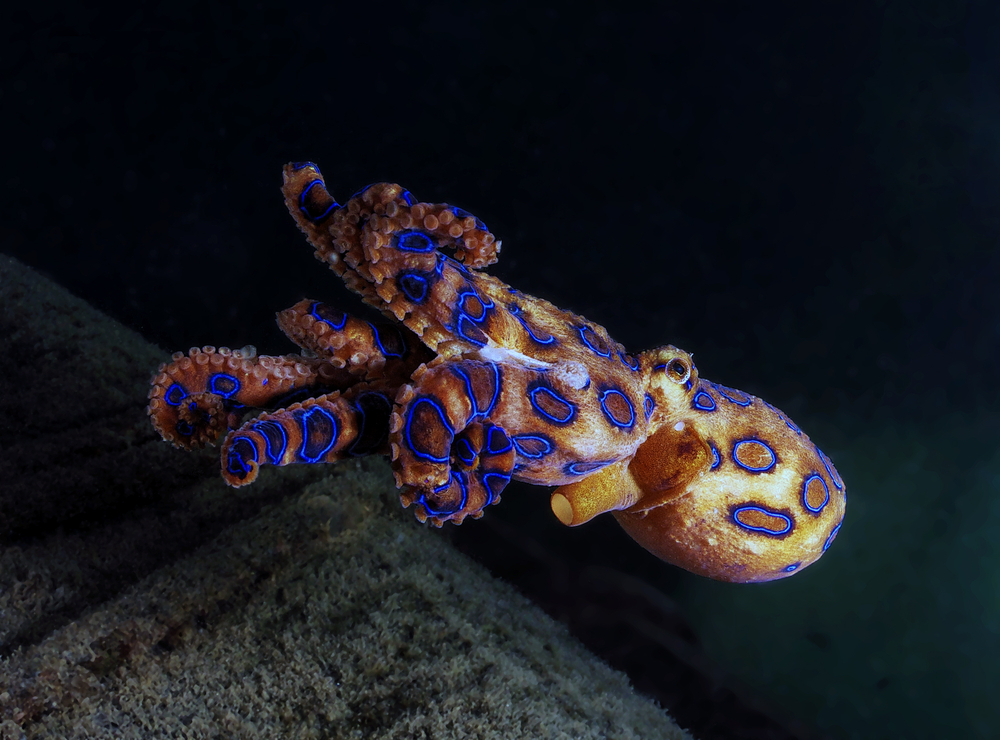
With its vibrant blue rings, this tiny octopus is undeniably stunning—but it’s also one of the deadliest creatures in the sea. Found in tide pools across the Pacific and Indian Oceans, the blue-ringed octopus carries enough venom to kill 26 humans within minutes. Its bite is painless, but the paralysis it causes is anything but subtle.
3. Cone Snail: The Killer in a Shell
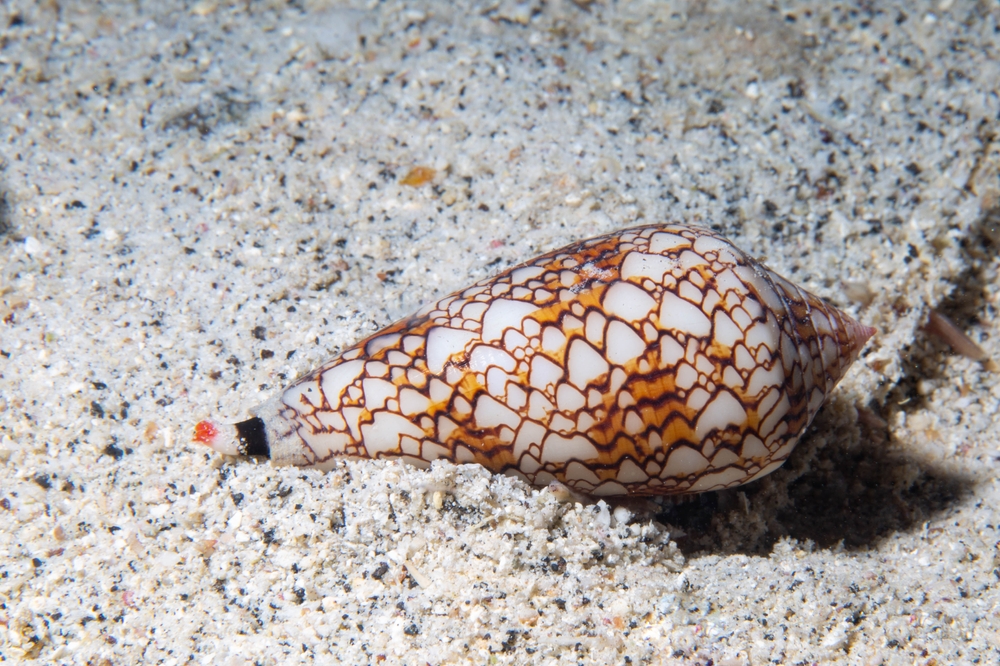
This beautifully patterned snail looks like a collector’s dream, but picking it up could be your last mistake. The cone snail uses a harpoon-like tooth to inject venom that paralyzes its prey. While small doses are enough to kill fish, some species of cone snails have venom potent enough to kill humans. There’s no antivenom, so “look, don’t touch” is the rule here.
4. Stonefish: The Master of Disguise
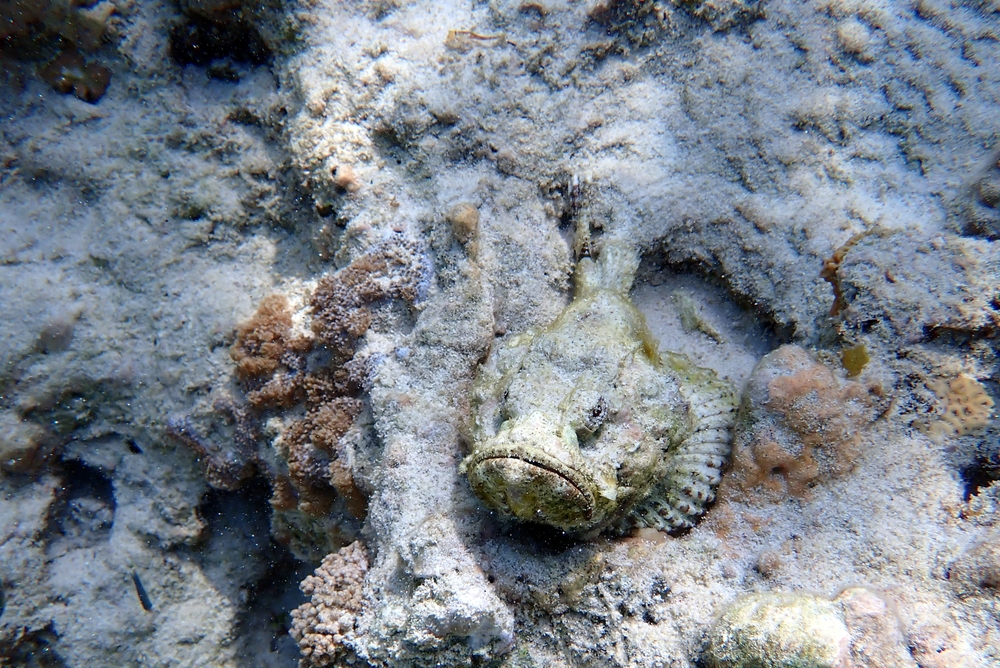
Stonefish blend perfectly with their surroundings, resembling harmless rocks on the ocean floor. But step on one, and you’ll quickly realize the truth. This fish’s dorsal spines deliver venom so painful it’s been described as excruciating, with the potential to cause tissue death or even heart failure. It’s a lethal trap disguised as a harmless rock.
5. Lionfish: The Striped Stinger
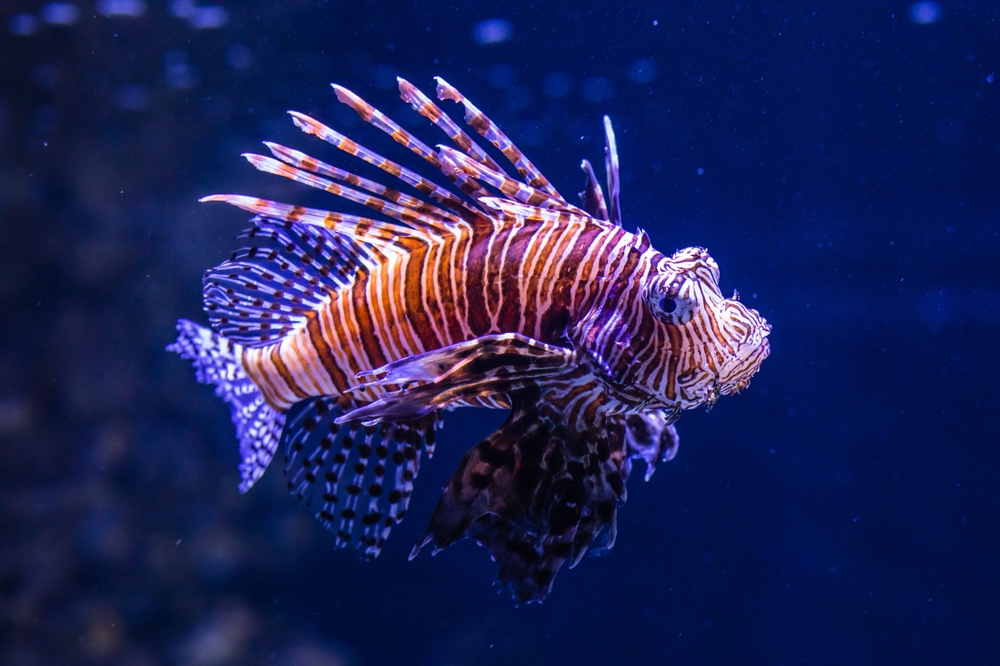
With its flowing fins and striking stripes, the lionfish looks like the ocean’s version of a peacock. But those feathery spines are venomous, capable of causing extreme pain, difficulty breathing, and even paralysis. Native to the Indo-Pacific, this beautiful predator is as dangerous as it is invasive in waters where it doesn’t belong.
6. Pufferfish: The Cute Inflatable Threat
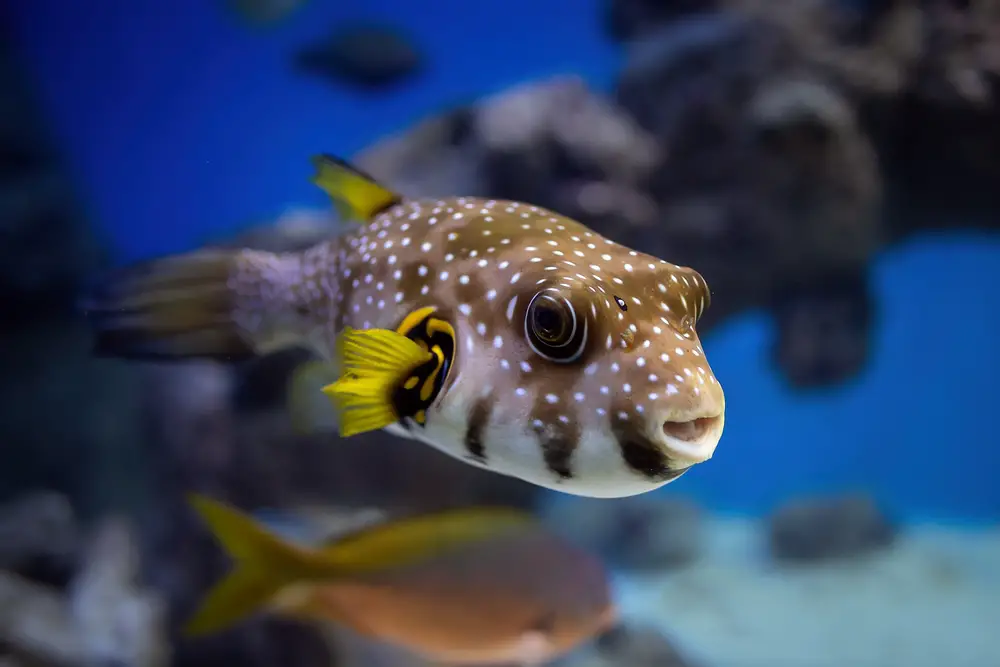
Pufferfish might look adorable as they puff up into spiky balls, but their toxin is no laughing matter. Known as tetrodotoxin, this potent neurotoxin is 1,200 times deadlier than cyanide. Found mostly in the Pacific Ocean, these fish are a delicacy in some cuisines—though improperly prepared pufferfish can be fatal to eat.
7. Sea Urchins: The Spiky Poisoners
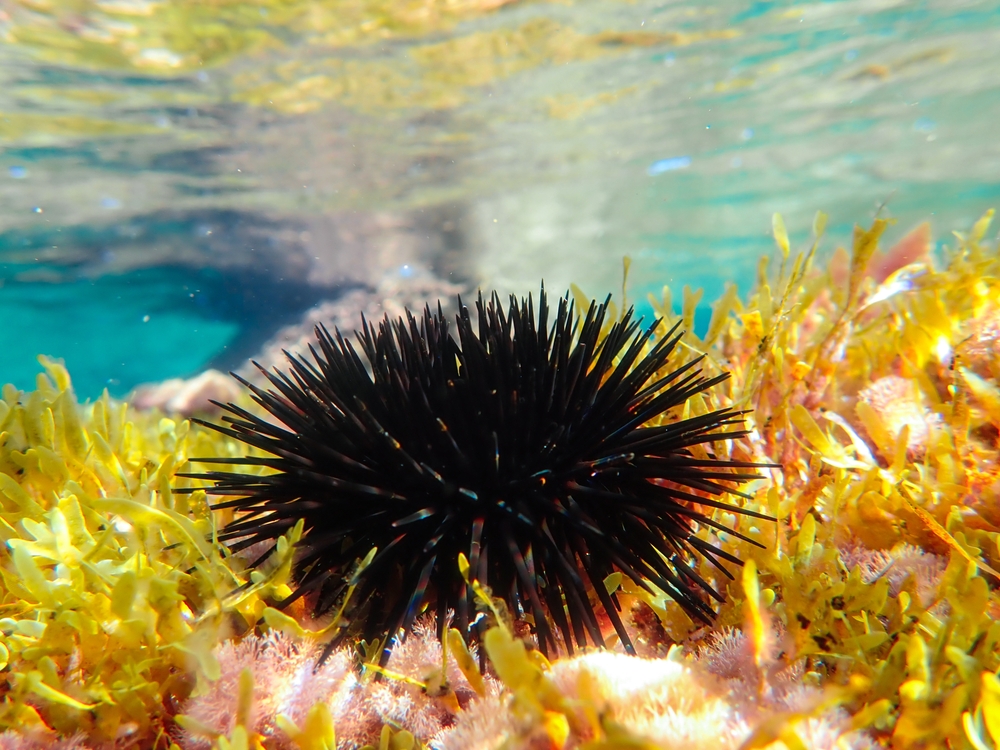
Sea urchins are unassuming, spiny creatures that look more like decorations than dangers. But some species, like the flower urchin, have venomous spines that can cause severe pain, nausea, and even paralysis. Accidentally stepping on one is a fast way to ruin your day—and maybe more.
8. Moray Eels: The Ambush Predators
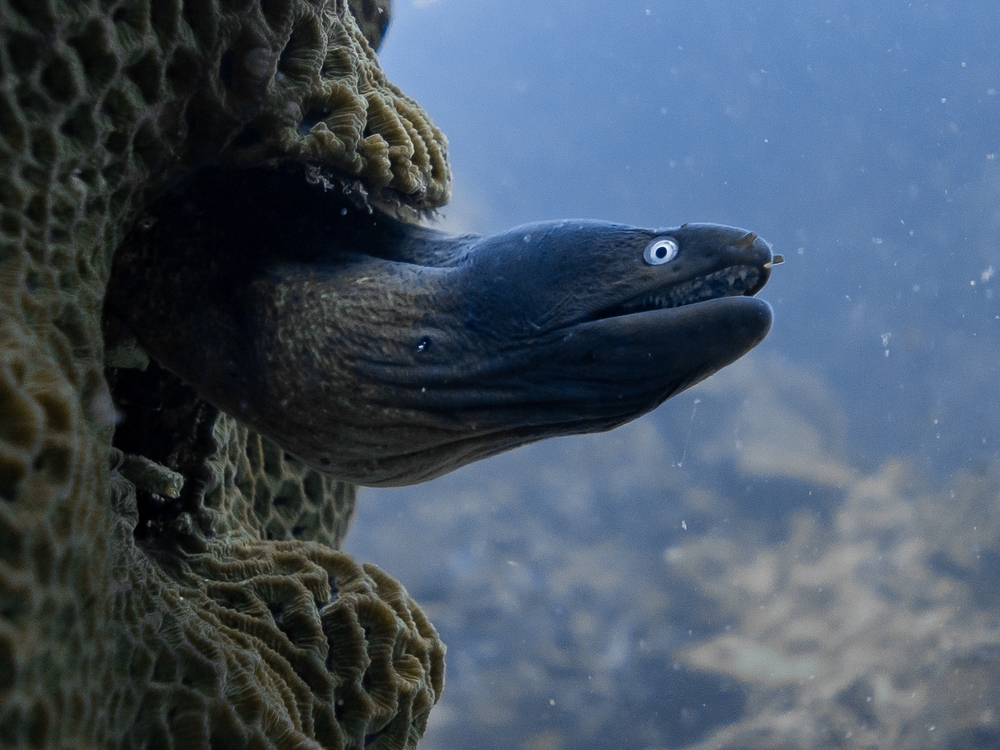
With their toothy grins and ribbon-like bodies, moray eels might look curious rather than scary. But these nocturnal hunters are known for their powerful, snapping jaws and lightning-fast strikes. Their second set of pharyngeal jaws helps them grip and pull prey into their mouths, making them efficient and unexpectedly creepy predators.
9. Stargazer Fish: The Buried Shocker
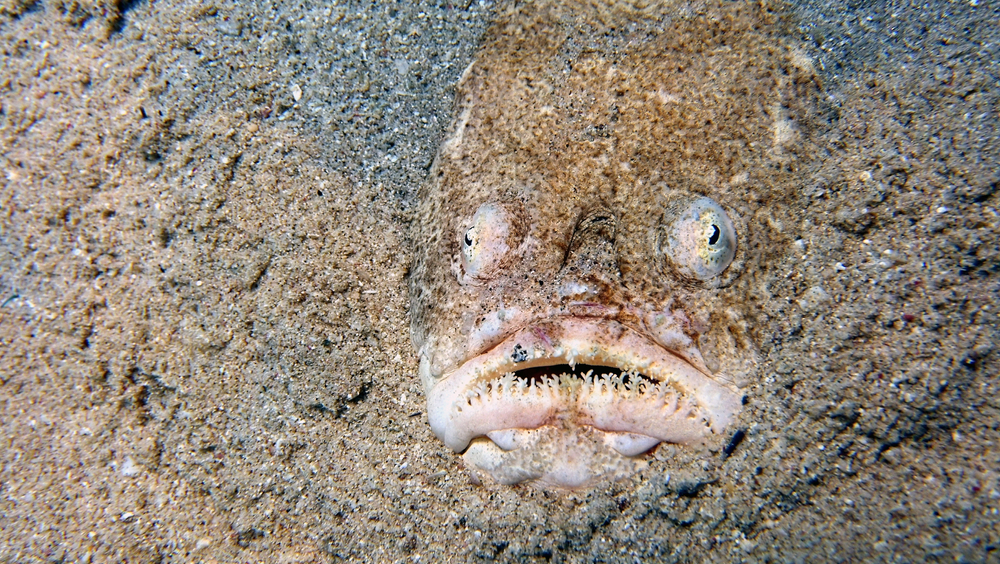
Stargazer fish are experts at camouflage, burying themselves in the sand with only their eyes and mouth visible. But they’re more than sneaky—they can deliver electric shocks to stun prey or defend themselves. Some species even have venomous spines. Their combination of stealth and lethality makes them the ultimate ambush predator.
10. Crown-of-Thorns Starfish: The Toxic Intruder
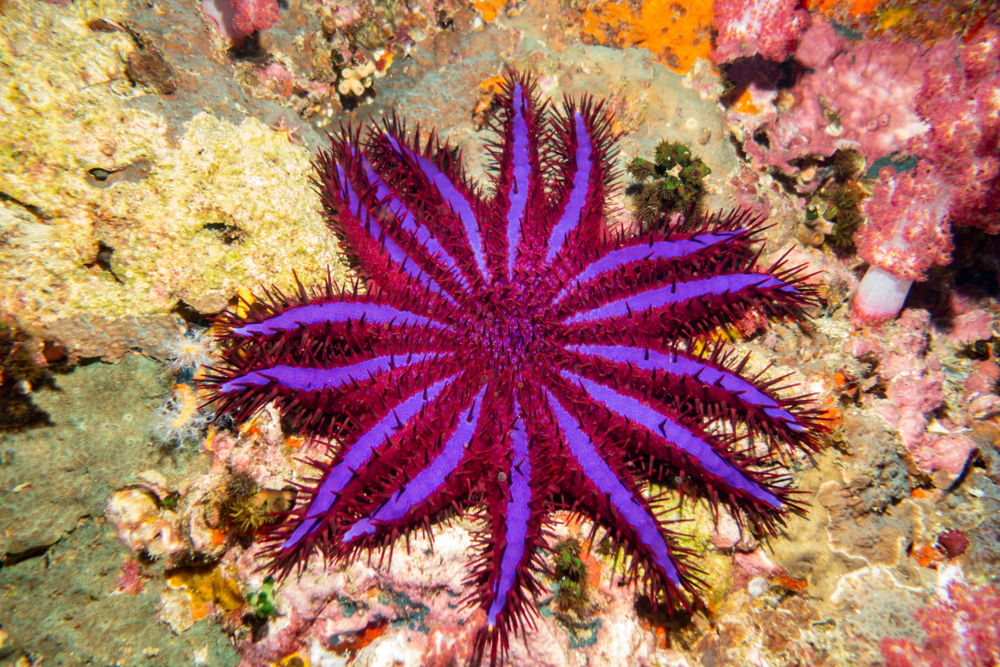
Crown-of-thorns starfish might look like beautiful underwater flowers, but their spines contain venom that causes intense pain, swelling, and nausea. These starfish also have a destructive streak, devouring coral reefs at alarming rates. Their dual status as reef destroyers and painful hazards earns them a spot on this list.
11. Portuguese Man o’ War: The Deceptive Drifter
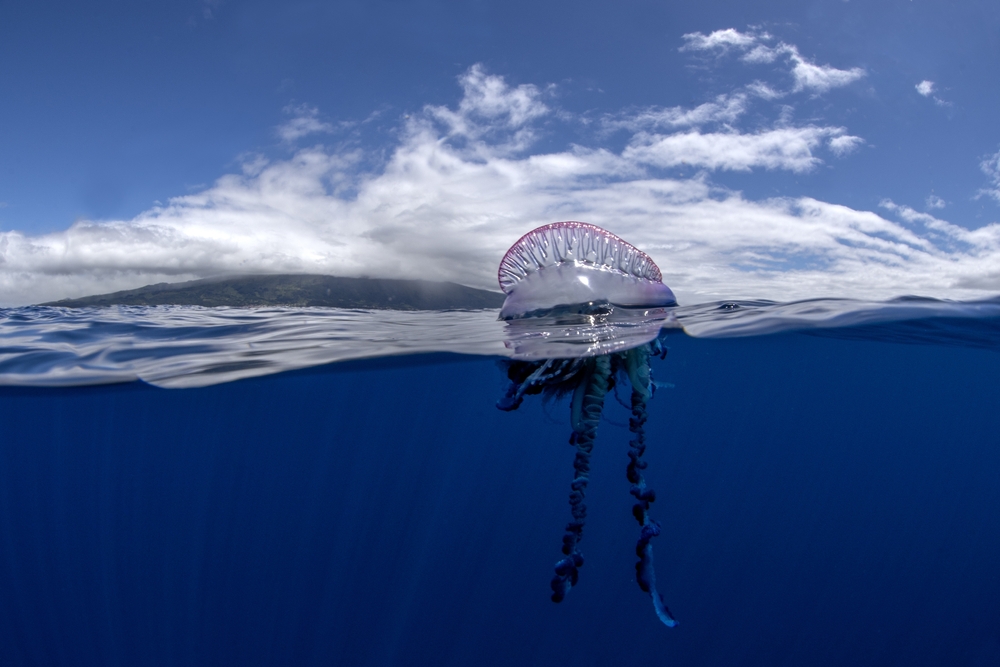
Often mistaken for a jellyfish, the Portuguese man o’ war is actually a siphonophore—a collection of organisms working together as one. Its long, trailing tentacles are covered in venomous nematocysts that can cause excruciating pain, blisters, and even heart failure. Floating serenely on the water’s surface, it’s a stunning and dangerous mirage.
12. Surgeonfish: The Blade-Carrying Beauties

Surgeonfish are brightly colored and seemingly harmless, but their hidden “scalpels”—sharp spines near their tails—can inflict deep, painful cuts. These defensive weapons make them one of the ocean’s sneakiest threats, proving that even the prettiest fish can have a dangerous edge.
13. Tiger Sharks: The Ocean’s Garbage Disposal
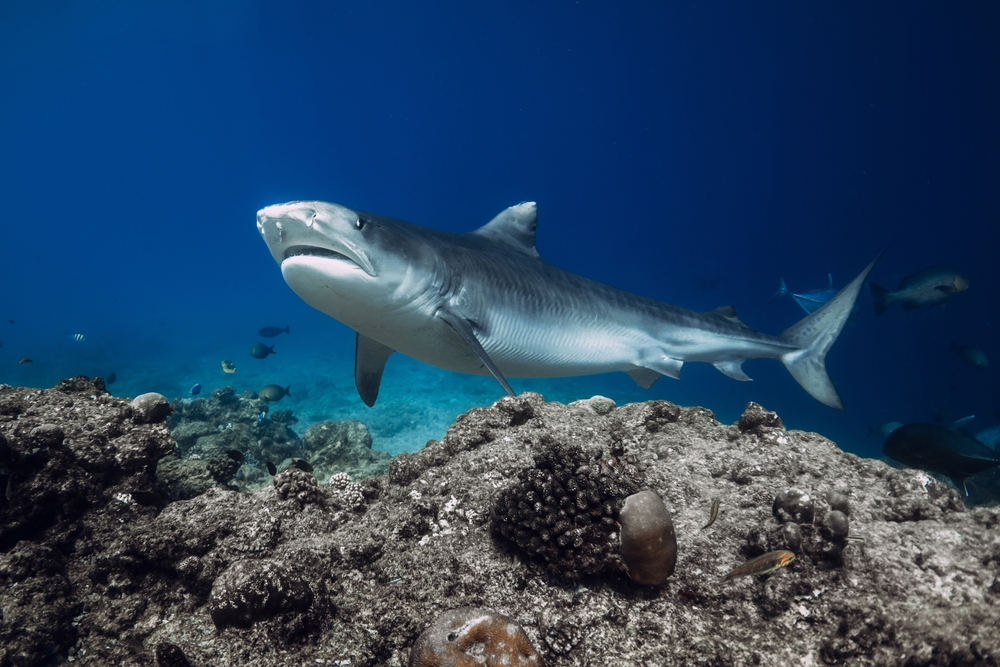
Tiger sharks are known for their curious nature and willingness to eat just about anything, from sea turtles to license plates. Their camouflaged stripes and languid swimming might seem graceful, but they’re responsible for a significant number of shark attacks. Their combination of power, stealth, and adaptability makes them one of the ocean’s deadliest hunters.
14. Flower Hat Jellyfish: The Lethal Beauty
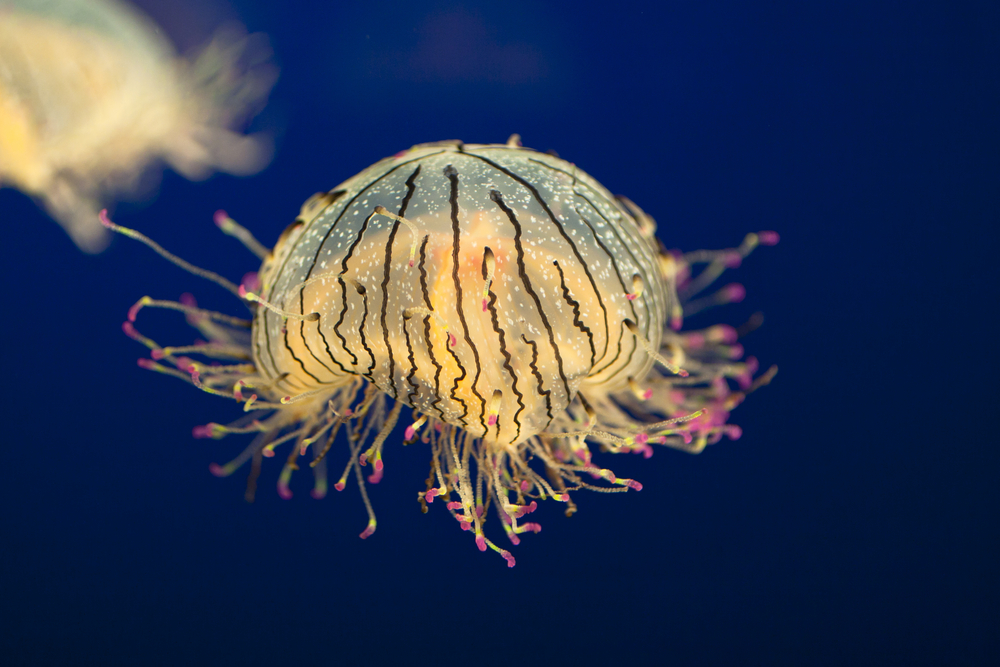
This rare, neon-colored jellyfish looks like a floating piece of art. Found in the waters of Japan and South America, its tentacles deliver venom that can cause painful welts and skin irritation. While not typically fatal to humans, the flower hat jellyfish’s beauty hides a sting that’s more than just a little unpleasant.
